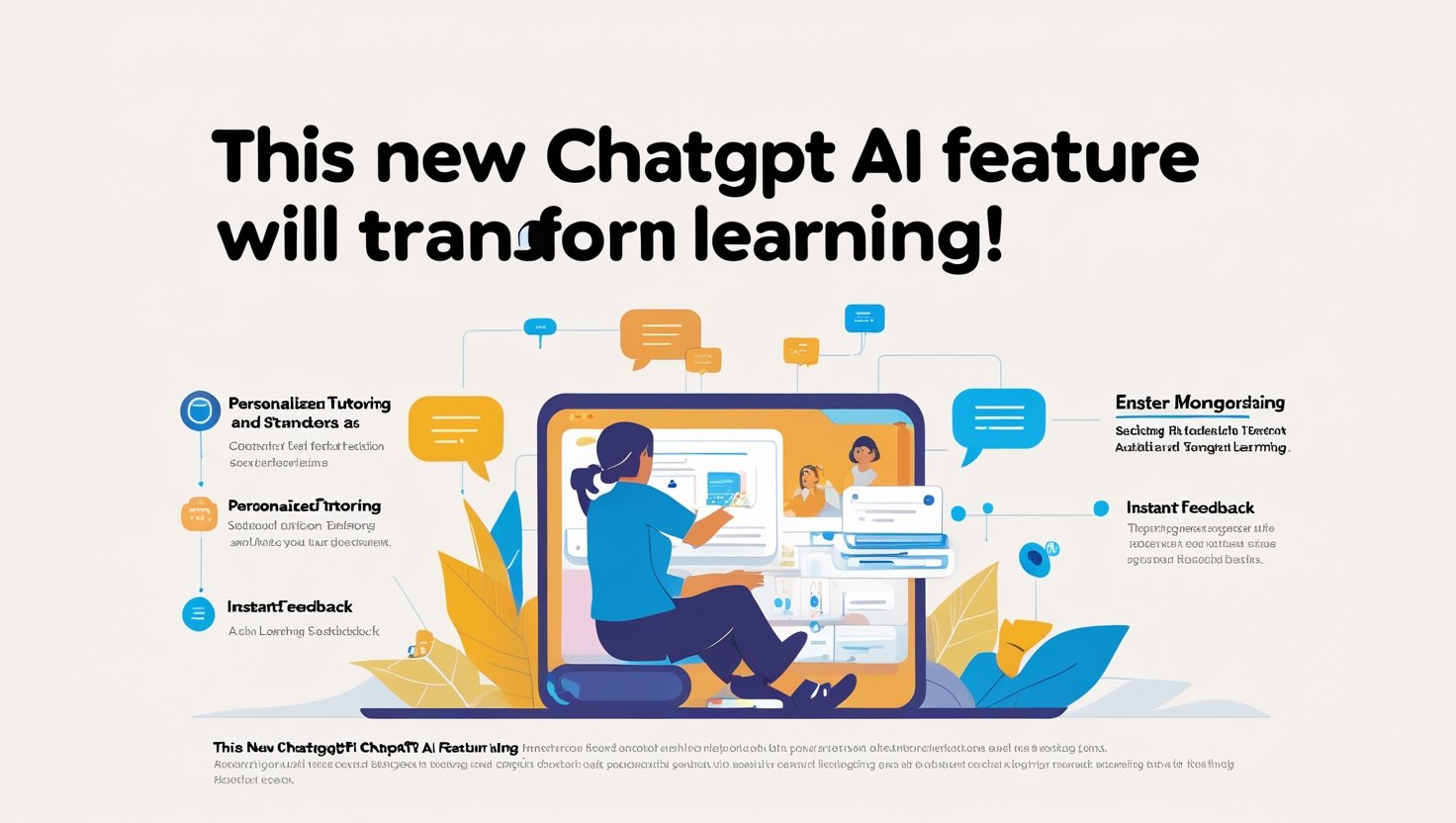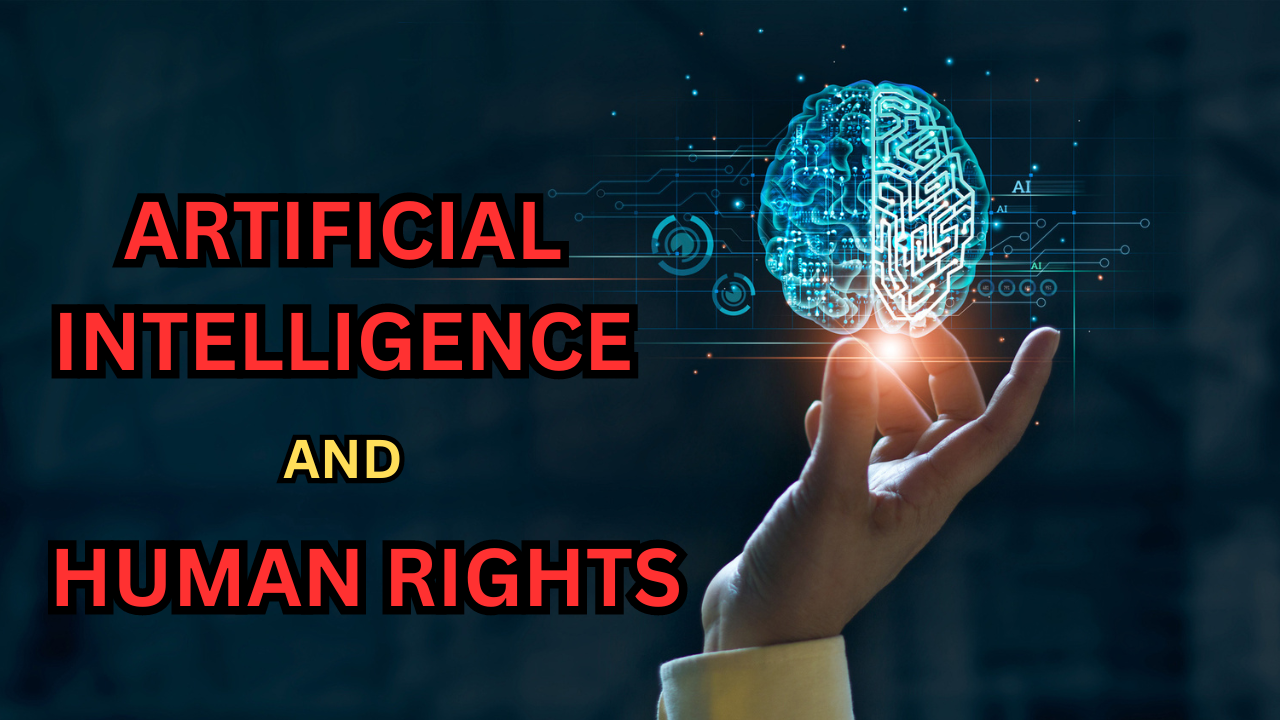For decades, education has been tied to a single idea: go to school, listen to teachers, follow a fixed curriculum, pass exams, earn a degree, and then use that degree to secure a job. This traditional cycle has shaped millions of careers across the world. But in 2025, this system is facing one of its biggest challenges from another university or policy reform, but from technology. Specifically, a groundbreaking new feature inside ChatGPT has the potential to completely transform how we learn.
This is not about replacing colleges overnight. It’s about opening up an entirely new path of education, one that is personalized, interactive, affordable, and skill-driven. Let’s dive deep into what this feature is, why it matters, and how it might shake the very foundations of formal education as we know it.
The Outdated Assumption of Degrees:
For a long time, the performance of the education-to-job system has depended on a single assumption: companies hire based on degrees. Employers would say, “I want a B.Tech graduate, or a CA, or an architect, or a doctor.” Degrees were considered proof of knowledge simply because there was no other widely accepted way of validating skills.
That made sense when textbooks and universities were the only sources of structured learning. But the world has changed. Today, in 2025, companies are not chasing degrees they are chasing skills. They want employees who can start creating value from day one. They care about what you can do, not the stamp on your certificate.
That shift has exposed a painful truth. In India alone, 43% of graduates are unemployed. Corporations themselves admit that even after hiring degree-holders, they often discover that candidates lack real-world knowledge and need to be trained from scratch. Outdated curricula, rigid teaching methods, and a lack of practical exposure have made the degree system weaker than ever.
Why Traditional Learning Is Broken:
The traditional method of learning assumes you need a teacher to explain a textbook, an exam to test you, and a degree to validate your knowledge. But this process has three major flaws.
First, curricula often lag behind real-world demands. By the time a subject is updated in the syllabus, industries may have already moved on to newer technologies and methods.
Second, the pace of learning is dependent on the classroom environment students often wait passively for teachers to deliver knowledge.
Third, the “degree stamp” doesn’t always match employability, as evident in high unemployment rates among graduates.
At the heart of this broken system lies an outdated mechanism: education as a one-size-fits-all experience. But what if learning could be adaptive, structured, and tailored to your goals? That’s exactly where ChatGPT’s new feature comes in.
The Problem with ChatGPT Learning So Far:
Until now, ChatGPT has been a useful but unstructured tool for learning. If you asked it to teach you artificial intelligence, it would throw everything at you in one go definitions, types, tables, tools, ethics, and future trends. While this looks impressive on the surface, it is actually one of the worst ways to learn.
Why? Because it lacks coherence and structure. Students get overwhelmed by too much information at once. Instead of progressing step by step, they feel paralyzed, not knowing where to start. The absence of guidance and progression makes it difficult to build confidence or measure improvement.
And this is where the new feature, Study and Learn, changes the game.
Introducing the “Study and Learn” Feature:
OpenAI’s new Study and Learn mode inside ChatGPT is designed to act like a real tutor. Instead of dumping information, it engages with you conversationally, evaluates your current knowledge, and structures a learning journey around your needs.
At its core, the feature offers three powerful functions:
- Help with homework – It doesn’t just give answers. Instead, it asks guiding questions, nudges you toward the right approach, and teaches you how to solve problems on your own.
- Explain a topic – It personalizes learning by asking about your background, goals, and current understanding, then creates a tailored course just for you.
- Create a practice quiz – Once you’ve studied a topic, it can generate quizzes to test your knowledge and track progress.
This shift from static information to dynamic, interactive tutoring is what makes this tool revolutionary.
Personalized Learning in Action:
To understand the impact, let’s look at real examples.
Imagine a chartered accountant in India who fears that artificial intelligence may replace his job in the future. He wants to learn AI to stay relevant. Using the new feature, ChatGPT doesn’t just dump an AI curriculum on him. Instead, it first asks:
- What kind of work do you do: audits, internal controls, or financial advisory?
- How comfortable are you with tech and data tools? Do you know Excel, Python, or Power BI?
- What’s your ultimate goal: employment, freelancing, or transitioning to a tech-driven role?
Based on these answers, it designs a step-by-step personalized AI course. It compares automation (macros in Excel) with AI pattern learning, clarifies concepts with relatable examples, and keeps checking if the learner is following along. Like a teacher, it praises correct instincts and sharpens incomplete answers. Within weeks, the accountant gains clarity on AI basics and can progress confidently.
This is learning redefined: personal, conversational, and structured.
Helping Students with Complex Subjects:
Now, picture a student in class 11 preparing for the IIT JEE exam. He’s good at chemistry and math, but struggles with physics. Instead of overwhelming him with chapters, ChatGPT acts as a gentle tutor.
It begins with simple but conceptually clear questions: “A ball is thrown vertically upward with a speed of 20 m/s. What happens to its speed at the highest point?” The student recalls that the speed becomes zero. ChatGPT confirms, explains why, and then gradually builds on this knowledge by introducing formulas and plugging in values step by step.
The student doesn’t just memorize answers he learns how to think like a physicist. That’s the power of interactive tutoring.
Breaking Language Barriers:
The feature isn’t limited to technical subjects. Take another case: a 40-year-old government employee in India who understands English but hesitates to speak it. His main goal is to give better presentations at work.
ChatGPT identifies his needs and sets a one-week goal: speak simple sentences without fear. It teaches him five essential presentation lines like “Good morning everyone,” and “Today I will be talking about…” and encourages him to practice out loud. Then, it asks him to customize those sentences with his topics, like “Today I will be talking about business planning for next year.”
This step-by-step approach makes spoken English less intimidating and more practical.
Testing and Reinforcement with Quizzes:
Finally, learning doesn’t stick without practice. The feature allows learners to create quizzes on any topic at their desired difficulty level. For example, a digital marketer preparing for Google Ads can request a 10-question multiple-choice quiz. Instantly, ChatGPT generates industry-relevant questions such as the advantages of single keyword ad groups or campaign objectives for app installs.
This way, learners not only study but also test themselves, ensuring that knowledge turns into mastery.
Why This Matters for the Future of Education:
The Study and Learn feature shows us a glimpse of the future of education. It is not about replacing universities overnight, but about empowering individuals to learn at their own pace, in their own way, without being bound by rigid systems.
For students, it means no longer being limited by outdated curricula. For professionals, it means staying relevant in industries that are rapidly evolving. For lifelong learners, it means access to the world’s best resources without financial or geographical barriers.
Most importantly, it removes excuses. The difference between those who grow and those who stay stagnant will no longer be access to education; it will be intention.
Conclusion:
We stand at a turning point. Colleges and degrees will not disappear, but their monopoly on education is ending. With tools like ChatGPT’s Study and Learn, the power of structured, personalized, and interactive learning is available to anyone with curiosity and a willingness to grow.
The question is no longer “Can I learn this?” The question is “Do I want to?” Because the collective wisdom of humanity is now at your fingertips, ready to guide you step by step.
The future of learning has already begun. And this time, it belongs to the learners, not the institutions.
FAQs:
1: Will ChatGPT’s Study and Learn feature replace schools and colleges?
No, this feature is not about replacing formal education overnight. Instead, it complements or even challenges traditional systems by offering a more personalized, skill-based, and interactive approach. Schools and colleges will still exist, but the monopoly of degrees as the only validation of knowledge is ending.
2: How is Study and Learn different from the previous ChatGPT learning experience?
Earlier, ChatGPT gave bulk information without structure, which often overwhelmed learners. The new feature acts like a tutor: it assesses your background, builds step-by-step lessons, asks guiding questions, and tests your progress through quizzes making learning organized and confidence-building.
3: Can Study and Learn help with professional skill development?
Yes. Whether you’re a chartered accountant trying to understand AI, a digital marketer preparing for Google Ads, or a government employee improving English speaking skills, the feature tailors lessons to your goals, making it practical for real-world skill-building.
4: Does this feature only work for academic subjects?
Not at all. While it’s powerful for subjects like math, physics, or coding, it also works for languages, communication skills, and even soft skills. From preparing for competitive exams to practicing workplace presentations, the tool adapts to different needs.
5: Why is this feature important for the future of education?
It breaks the one-size-fits-all model of learning. Instead of depending solely on outdated curriculums or degree stamps, learners now have access to structured, interactive, and personalized education at their fingertips. This democratizes knowledge and empowers anyone to learn and grow without limitations.

